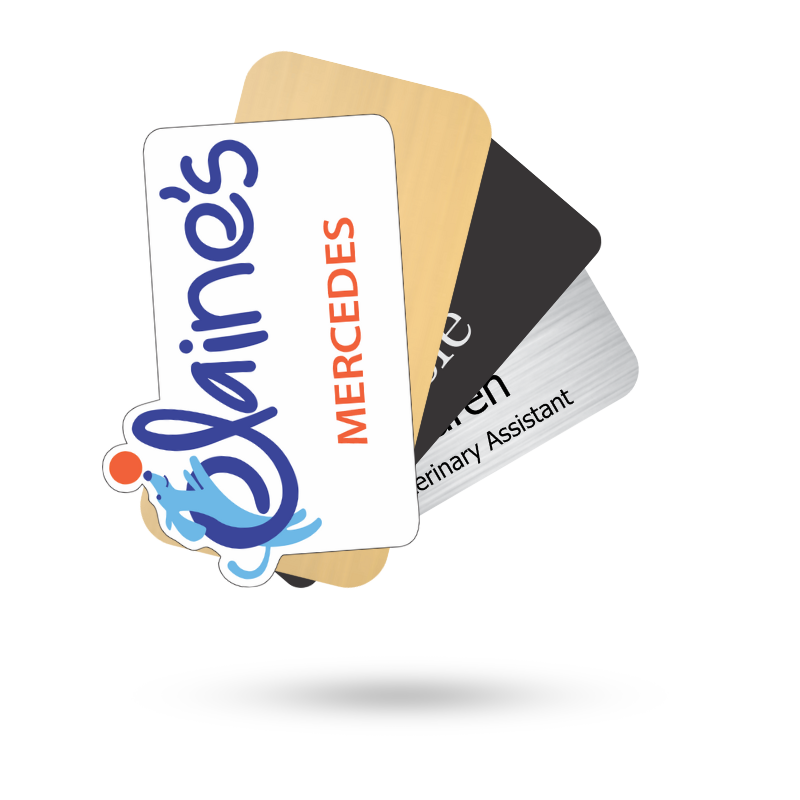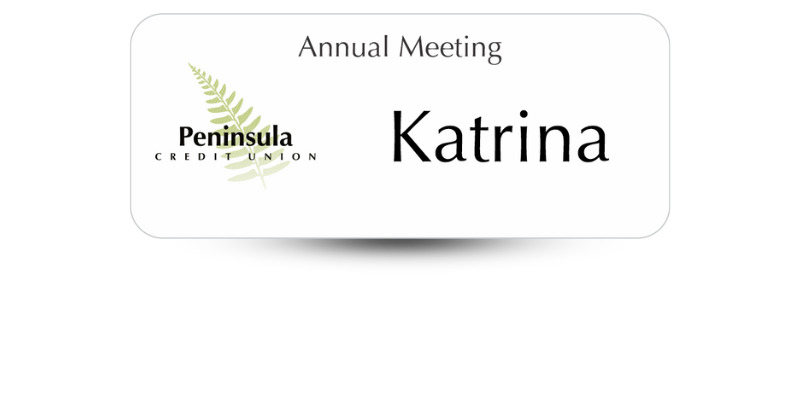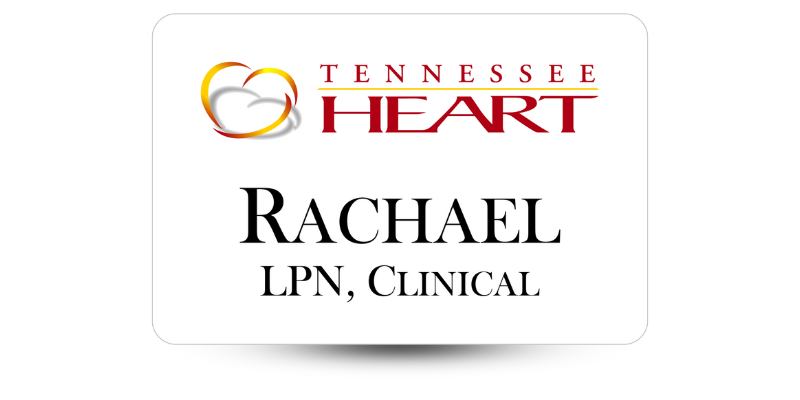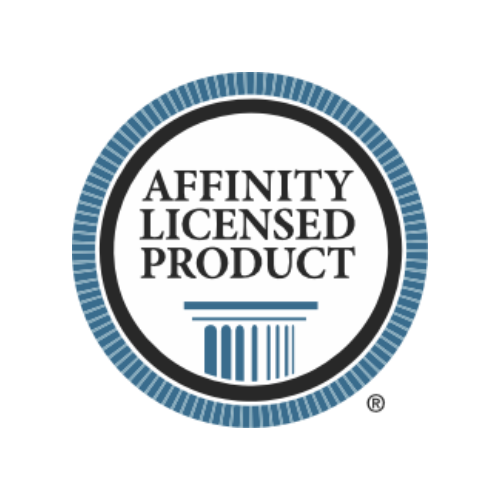Cornell Study Discovers Restaurant Server Name Tags Translate into Higher Tips
Restaurant Name Badges Increase Tipping
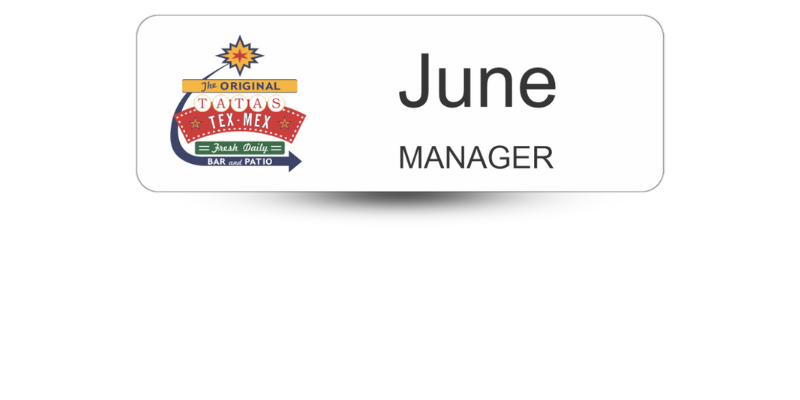
Cornell University conducted a study in which they tracked nearly 5,000 restaurant transactions in over 65 different food establishments. They compared tipping patters for servers who wore name tags and those who did not. The results were significant and have been replicated in other similar follow-up studies.
Is There a Psychological Factor Behind Higher Tips?
Yes. Let’s talk about how restaurant name badges help maximize tips. There may be several factors that are behind the increase in tipping when name badges are worn.
1. The Familiarity Effect
People seem to be more generous when it comes to tipping if they feel like they “know” the server. A visible name tag creates instant familiarity. This triggers a psychological response when it comes to tipping a server, especially if they see the server regularly. Turns out this provides nearly a 10% increase in tipping.
2. Accountability Awareness
A customer subconsciously feels more accountable for being fair with their tips when they know the server’s name. A server name badge makes a person feel more like they are cheating the water, not the business. This factor results in about a 6% tip increase.
3. Reciprocal Transparency
A server openly shares their identity when they wear a name badge. Customers are likely to reciprocate more generously. This level of transparency creates a sort of subtle social contract. Researchers indicate that this factor leads to at least a 5% tip increase.
4. Memory Formation
When customers know their server’s name, they tend to remember positive service experiences. This heightened memory can lead to a higher tip as customers associate good service with a specific person. This accounts for at least a 4% tip increase.
Badge Design Elements That Can Maximize Tips
The study also revealed that not all name tags got the same results. The research identified some key design elements that tended to optimize the psychological impact on how people tipped servers.
The Perfect Formula for Restaurant Name Tags
· Font Size Matters. Names in a font that was 24-point or bigger tended to increase tips by another 4% compared to name tags with smaller fonts. Customers need to be able to read the server’s name effortlessly from a normal, conversational distance.
· Name Use. Studies have shown that using just the server’s first name provides familiarity without being too formal. Using the server’s full name actually reduced tipping by about 2%.
· Color Psychology. Restaurant name badges in warm colors like gold or orange, correlated with 3% higher tips than name badges in cool colors like blue or silver. Black text on white made name tags easier to read. So, a gold badge or at least a warm colored name tag with black text was best.
· Title Inclusion. Adding titles like “Your Server Today” or “Server” to a name tag design increased tips by about 2%. Using specialty titles like “Wine Specialist” tended to boost tipping by about 5%.
Cultural and Regional Considerations
Restaurants in different regions and niches yielded some unique findings as well.
· Southern States: Adding “Years of Service” to a name tag increased tips by 4% more than the baseline.
· Tourist Areas: Multilingual name tags increased international visitor tips by over 30%.
· Fine Dining: Professional metal name tags increased tips 6% more than plastic name badges in upscale establishments.
· Urban Markets: Minimalist, modern name tag designs did better than decorative name badges in these regions.
Restaurant Name Badges that Increase Tips
Ready to boost your ROI by having a happy, very well-tipped serving staff and happy customers? Let Name Tag Pros help you design and create the perfect restaurant name badges for your establishment!
Share Article
Categories


